Admit it, you’ve probably taken part in some out there beauty rituals to try and get your skin clear. Or you’ve at least heard some of these ideas from others. If you sleuth through the comments section of skin care blogs like I do, you’re bound to find some strange ideas!
I’ve had people recommend period blood (my own, only from the beginning of my period, as well as the period blood of a virgin), urine, feces, semen, saliva, among other bodily excrements – to cure everything from dry skin to acne. Suffice to say I haven’t been brave enough to try any of these rituals, and to be honest, I don’t think enduring the procedures could be worth the result!
Regardless, every culture has an ideal beauty which shifts and changes, and sometimes people are willing to go through extreme beauty rituals to reach those ideals. Here are some strange examples!
Guano Facials
Some women in Japan swear by the use of Nightingale poop in their facials (called uguisu no fun) to create a glowing, youthful appearance. A Nightingale is a Japanese bush warbler; these birds are actually farmed for this very purpose! Their feces are collected, sanitized (with UV light), then dehydrated and ground into a powder. The powder can be mixed with soap to make face washes, or with rice bran for facial exfoliants. Its use in facials has been around since ancient times although the practice of using nightingale poop didn't actually originate in Japan; it was first introduced to the Japanese by Koreans during the Heian period (794 to 1185). But recently the products have even appeared in the Western world; even Victoria & David Beckham have used it!
Nightingale poop contains a high concentration of nitrogen-rich urea (also found in urine). Urea is common in cosmetics because it helps the skin hold in moisture, although synthetic urea is typically used today. The Nightingale poop also contains high amounts of guanine, an amino acid, which creates a shimmery, iridescent effect. These ingredients are what make people who use these facials report softer, lighter, and brighter looking skin.
Leg lengthening
Since the invention of the external fixator, a limb lengthening device (for polio or congenital limb defects), the trend of leg lengthening swept China. In this painful procedure, a doctor break’s the patient’s legs and inserts steel pins into the bones, just below the knees. The pins are rigged to a metal frame, and every day for months the patient tightens the knobs a small amount, provoking excruciating pain. Anyone who has ever had corrective jaw surgery may be able to relate!
By constantly forcing the ends of the broken bones apart before they can heal, more new bone comes to fill the gaps. Healing time was around 6 months, and some people even suffered permanent disfigurement at the hands of unauthorized beauty clinics. The procedure has since been banned in China after a flood of botched operations, although similar procedures can still be carried out in hospitals strictly on medical grounds.
Semen
The use of semen in cosmetics isn’t a new trend, and although I was once told to rub semen on my face for clear skin, this ritual has to do with non-human semen. Cod sperm is used in lotions for its water-binding properties, and in some U.K. salons, bull semen is mixed with Katria root and applied to the hair to revitalize damaged locks and give it a brilliant sheen that, allegedly, no other substance can match. Semen contains a powerful antioxidant called spermine, which skin care companies have suggested may be effective in moisturizing and protecting your skin – which is why a company called Skinscience made an entire line of spermine beauty creams.
Pee
We know that Ancient Romans loved their public baths, but did you also know that they used the urine of Portuguese people to keep their teeth white and clean? Not only did they sell pee collected from urinals, but jars of urine were shipped in from Portugal in large quantities because they thought it was a more powerful cleansing agent than Roman urine. The urine was mostly for wealthy Roman ladies, and the product became so popular that Roman emperor Nero had to place a tax on it! Typically mixtures were made of goat milk and old urine for whitening purposes,
The ammonia in urine was useful for disinfection and lifting stains, and continued to be an active ingredient in mouthwash at least until the fall of the Roman Empire.
Dung baths
I’m seeing a pattern with excrement here, aren’t you? In ancient times, Greeks and Romans used crocodile dung in their mud baths. This mixture of earth and croc poop wasn’t the only use of the reptilian feces, it was also used to make whitening and anti-aging face masks, and to kill parasites like chiggers, lice and crabs.
Bleeding
This practice likely stemmed from the concept of bloodletting, an ancient system of medicine which involved the withdrawal of blood to allegedly cure illness and disease. Aristocratic women in the 6th century who wanted to attain the porcelain look subjected themselves to controlled bleeding, draining the natural colour out of their bodies. They would cut themselves, allowing the cuts to bleed systematically. I can’t imagine that this fad lasted very long, especially once cosmetics enabled women to achieve the porcelain look without bleeding themselves out.
Radioactive face cream
In the early 20th century while radiation was still relatively new and not well understood, radioactive cosmetics were all the rage in France and to a lesser extent in England. Starting around 1917, London-based company, Radior, began marketing a line of cosmetics containing radium, which included a night cream, rouge, compact powder, vanishing cream, talcum powder, hair tonic, skin soap, and other varieties of cosmetics. In the 1930s, Alfred Curie launched a cosmetic brand whose products included radioactive chemicals like thorium chloride and radium bromide. Their advertisements claimed that they could stimulate “cellular vitality”, firm skin, cure boils and pimples, stop aging, and retain a fresh and bright complexion. What could be healthier than a glowing complexion?
And a bonus one, because things are just getting real dark on the Internet.
Foreskin
You read that right. Real foreskin. Actually, I wasn’t surprised to learn that human foreskin is used in the medical field as a way to cultivate new skin growth (instead of performing graphs). However, when I learned that skin care companies are using foreskin fibroblasts in cosmetic creams and collagens, with its supposed ability to reduce wrinkles, I nearly spit out my tea.
What do you think about these strange beauty rituals from around the world? Would you – or have you – ever tried any of them? Let us know below!

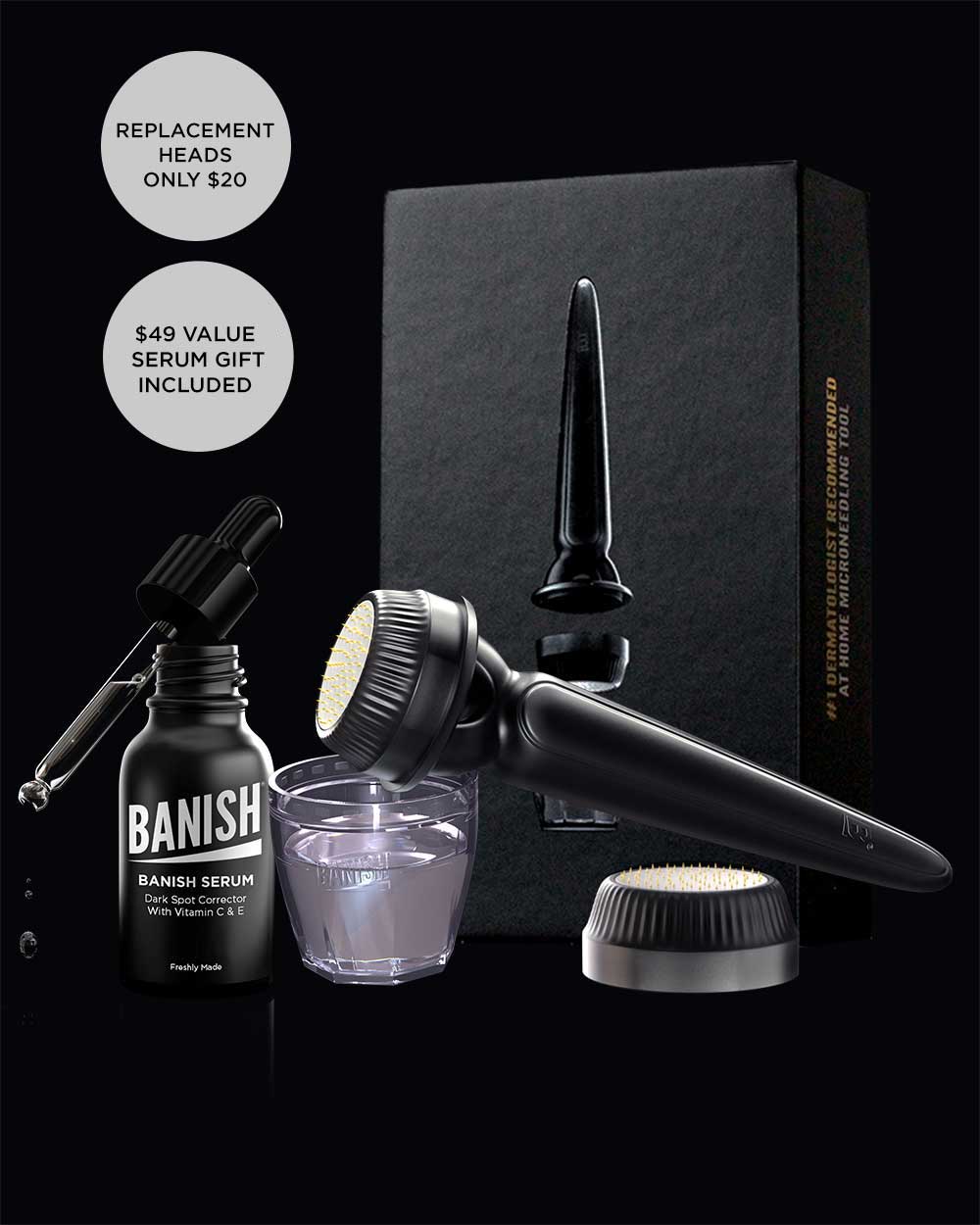



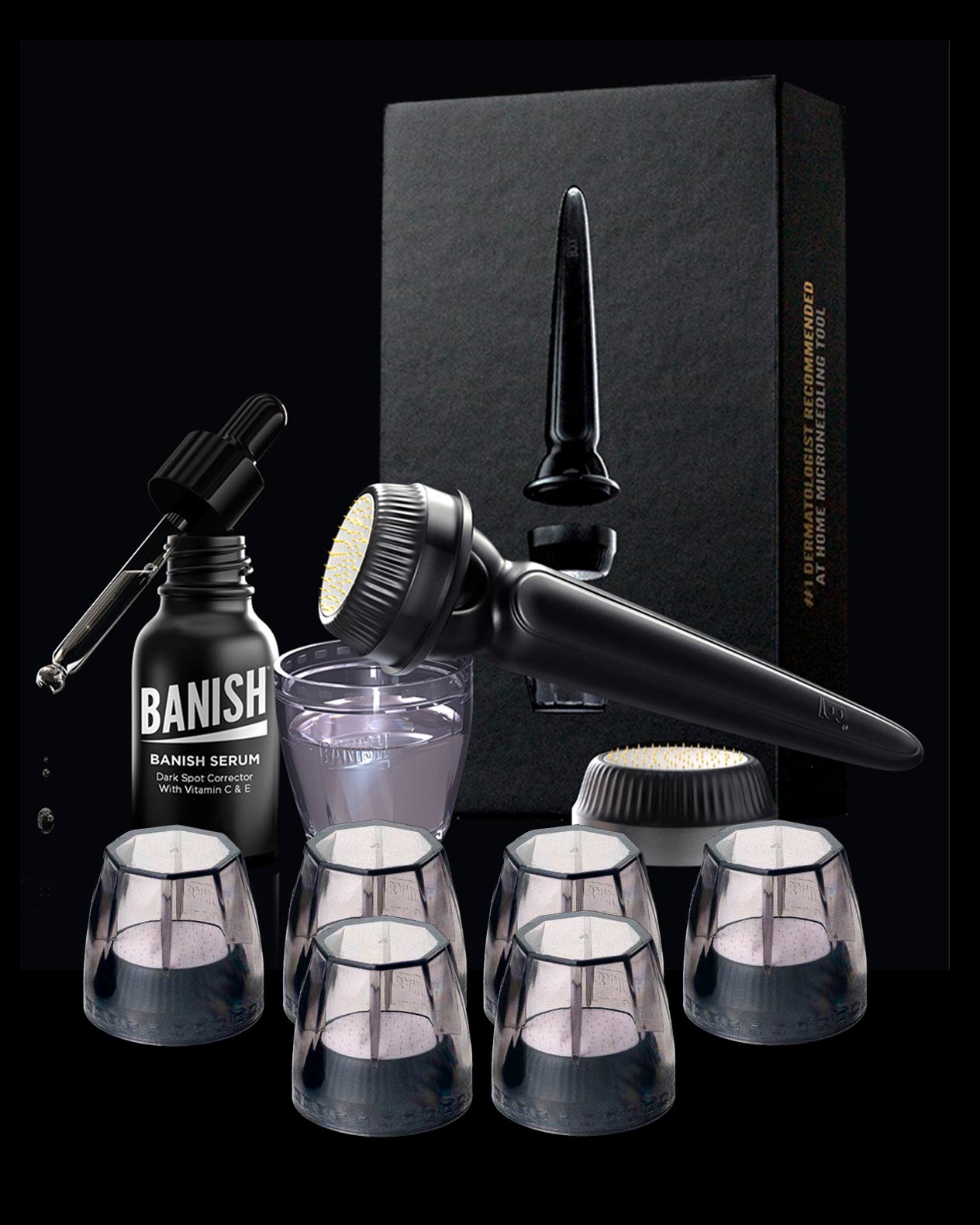
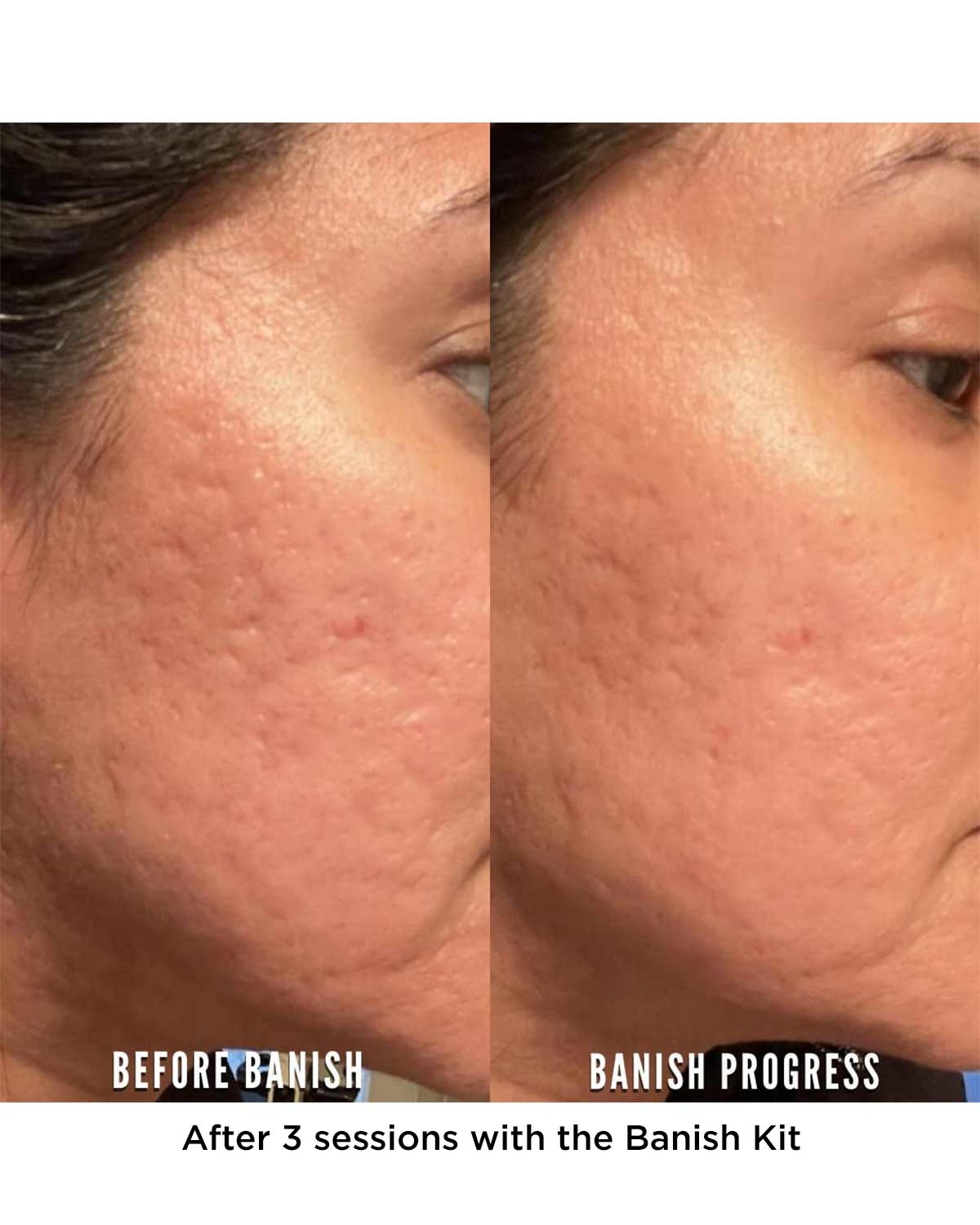


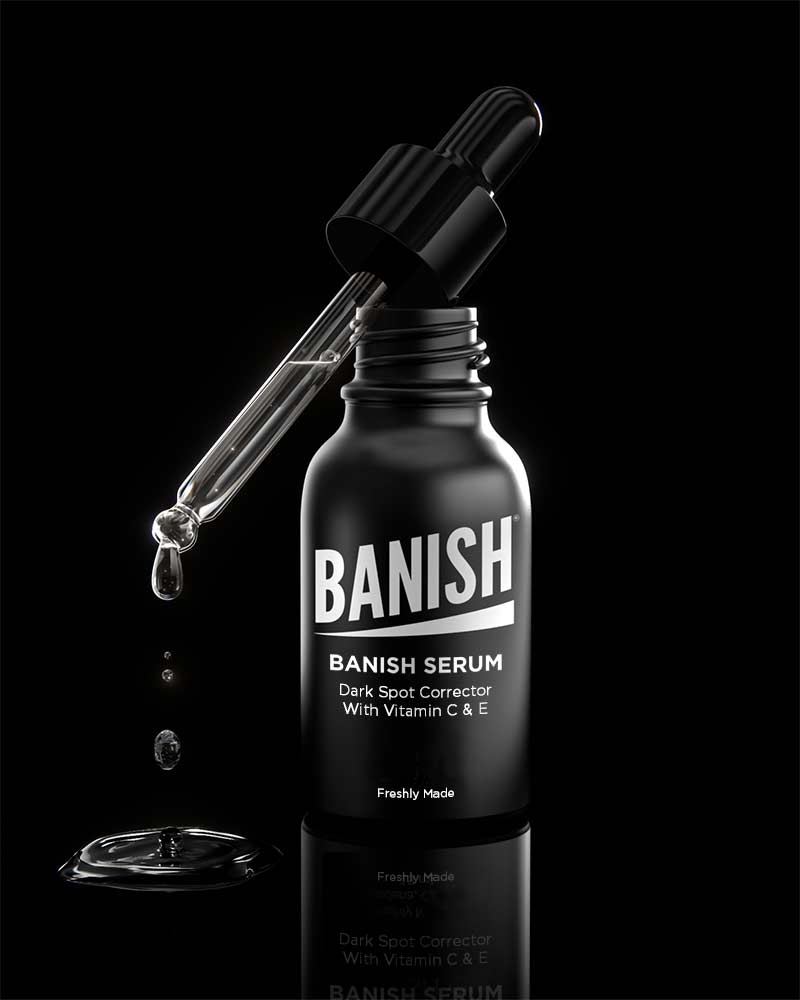

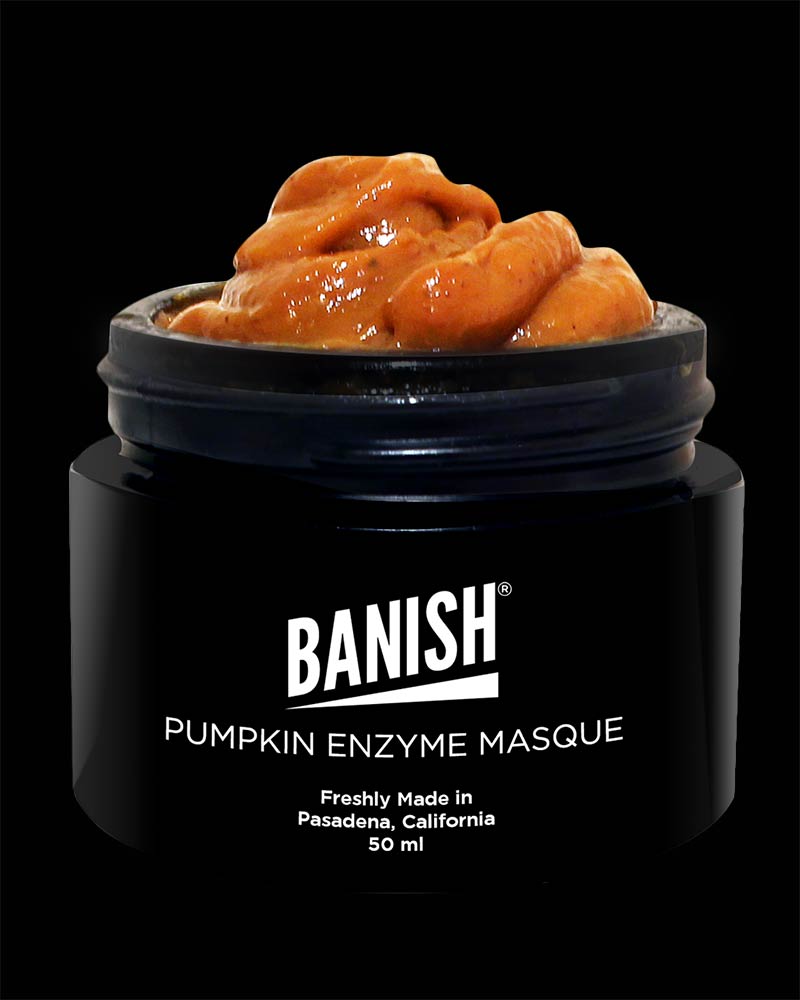
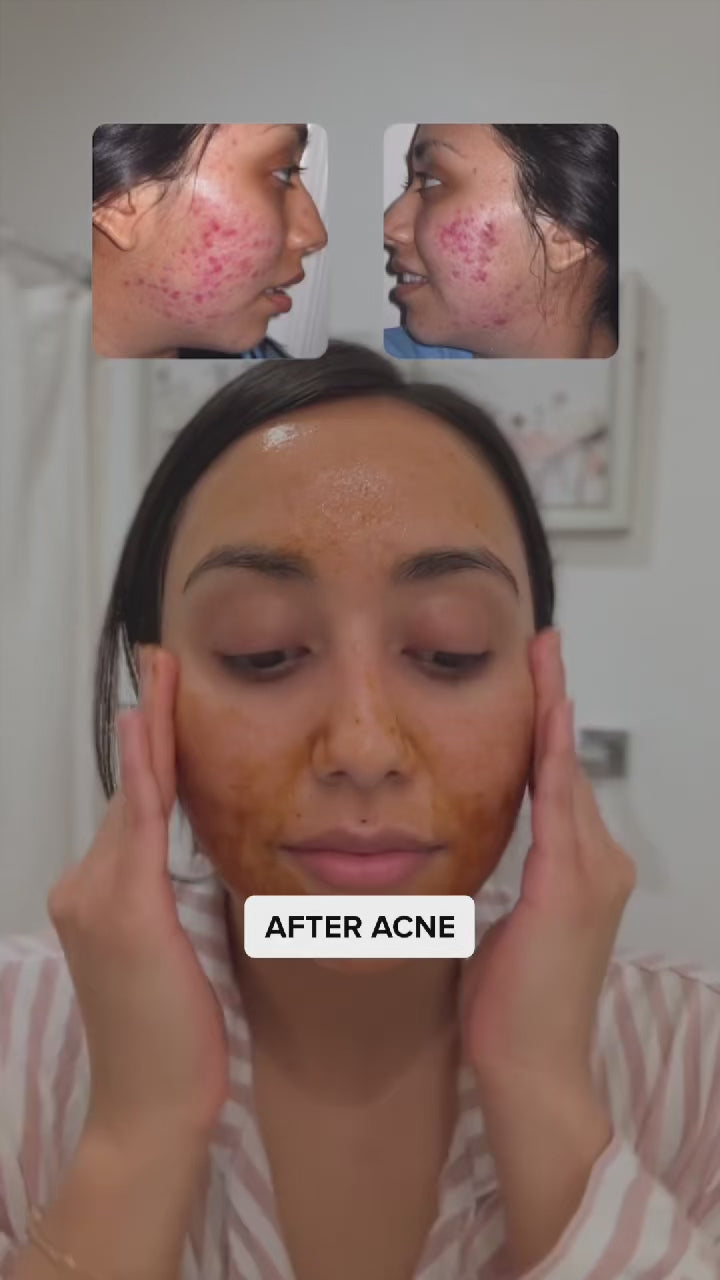
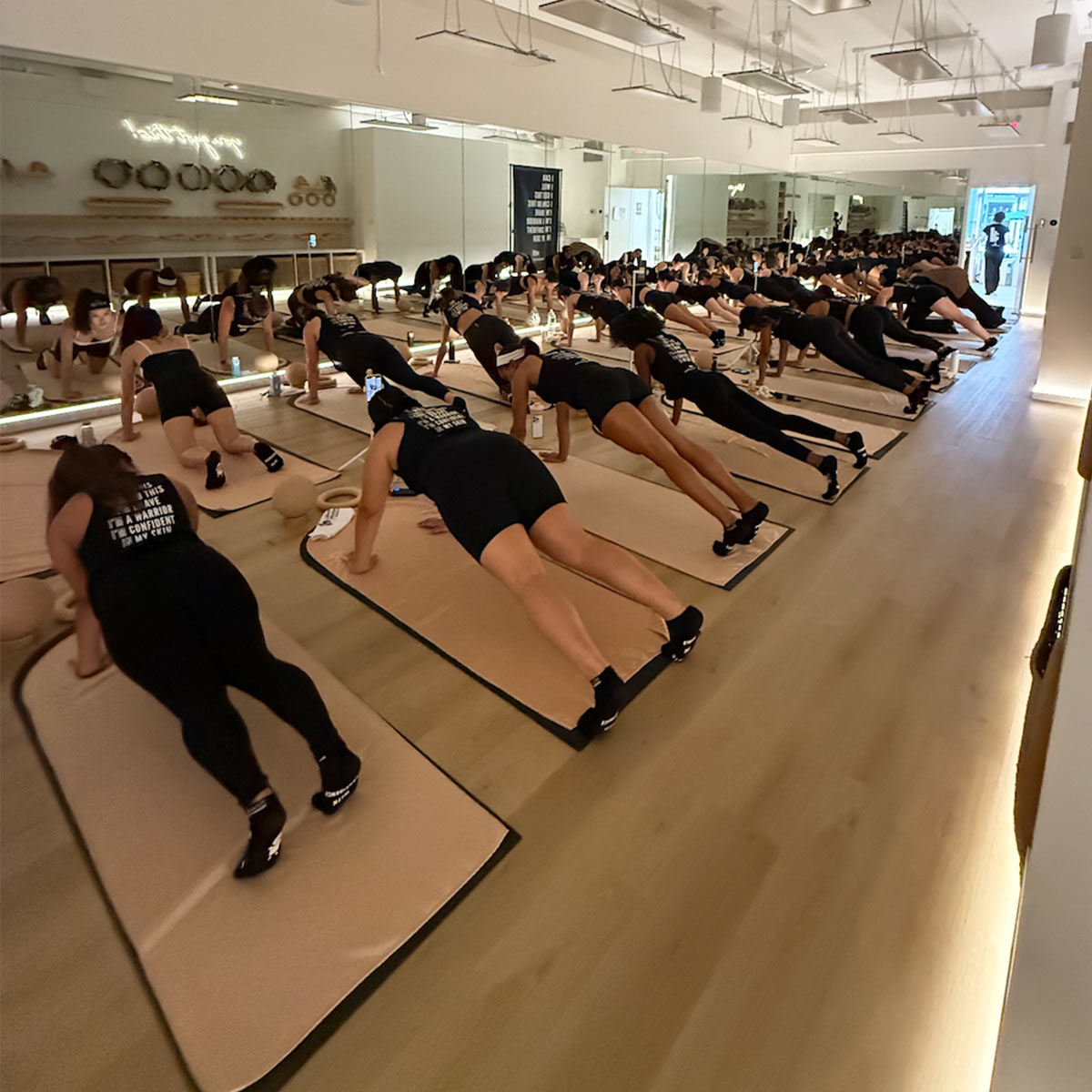

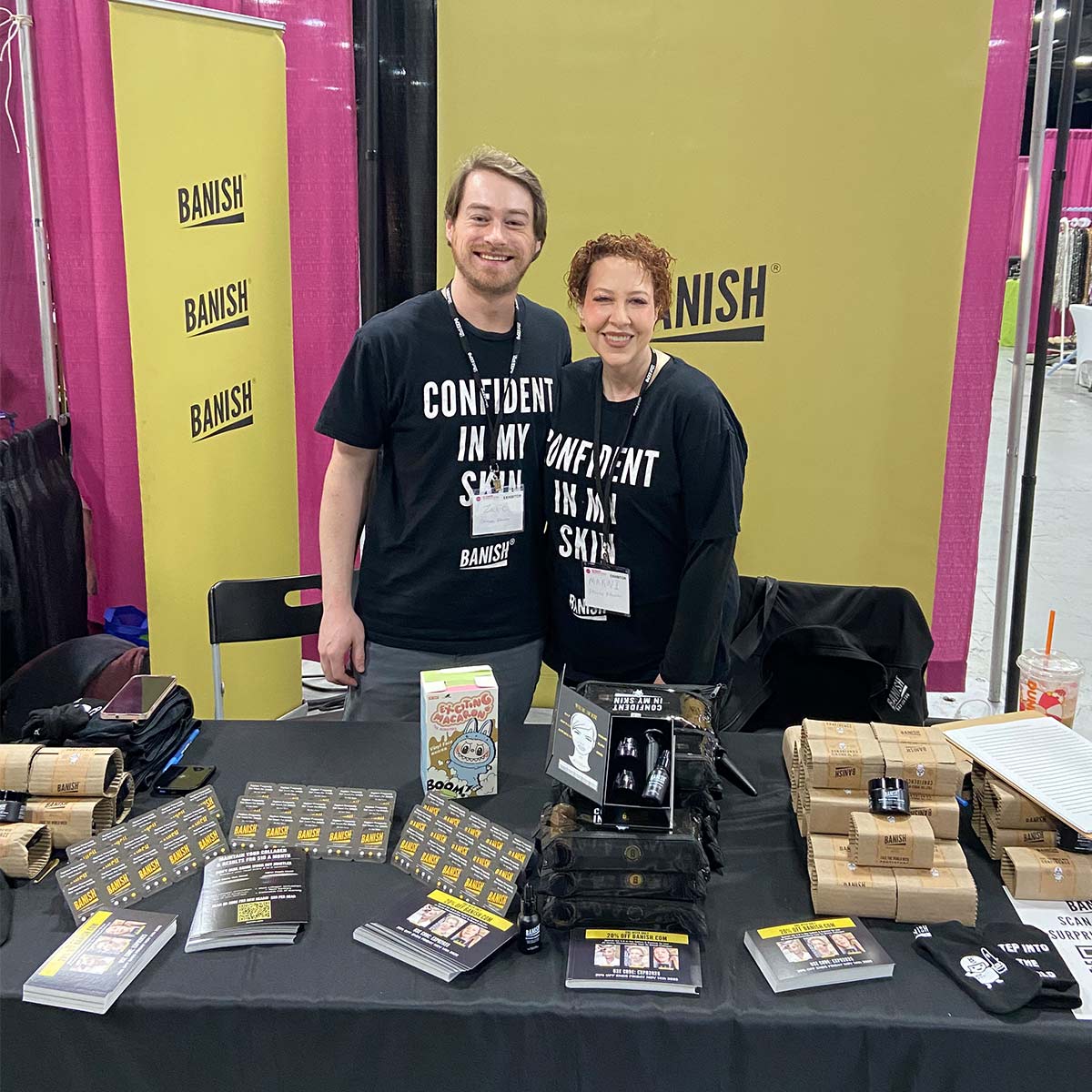

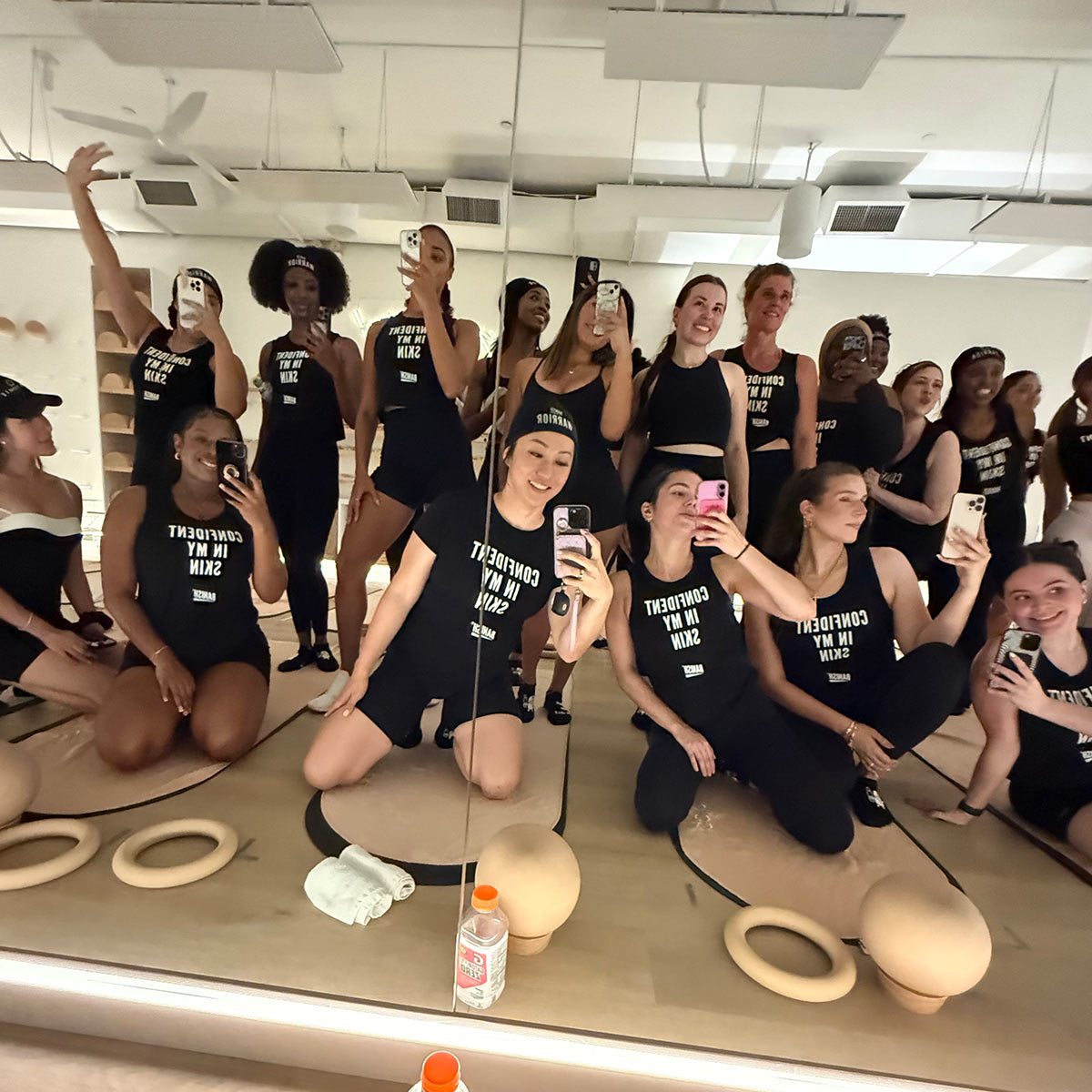

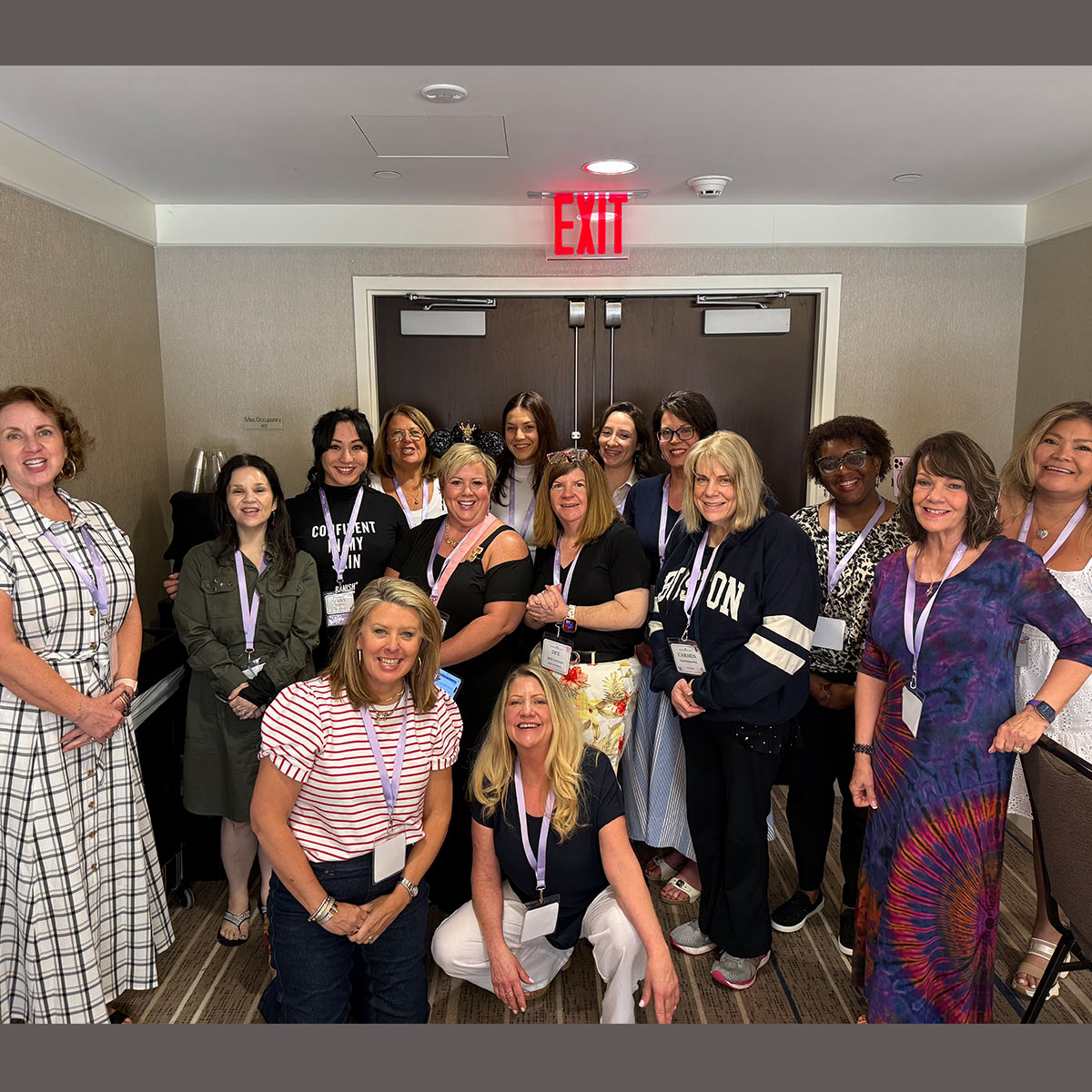


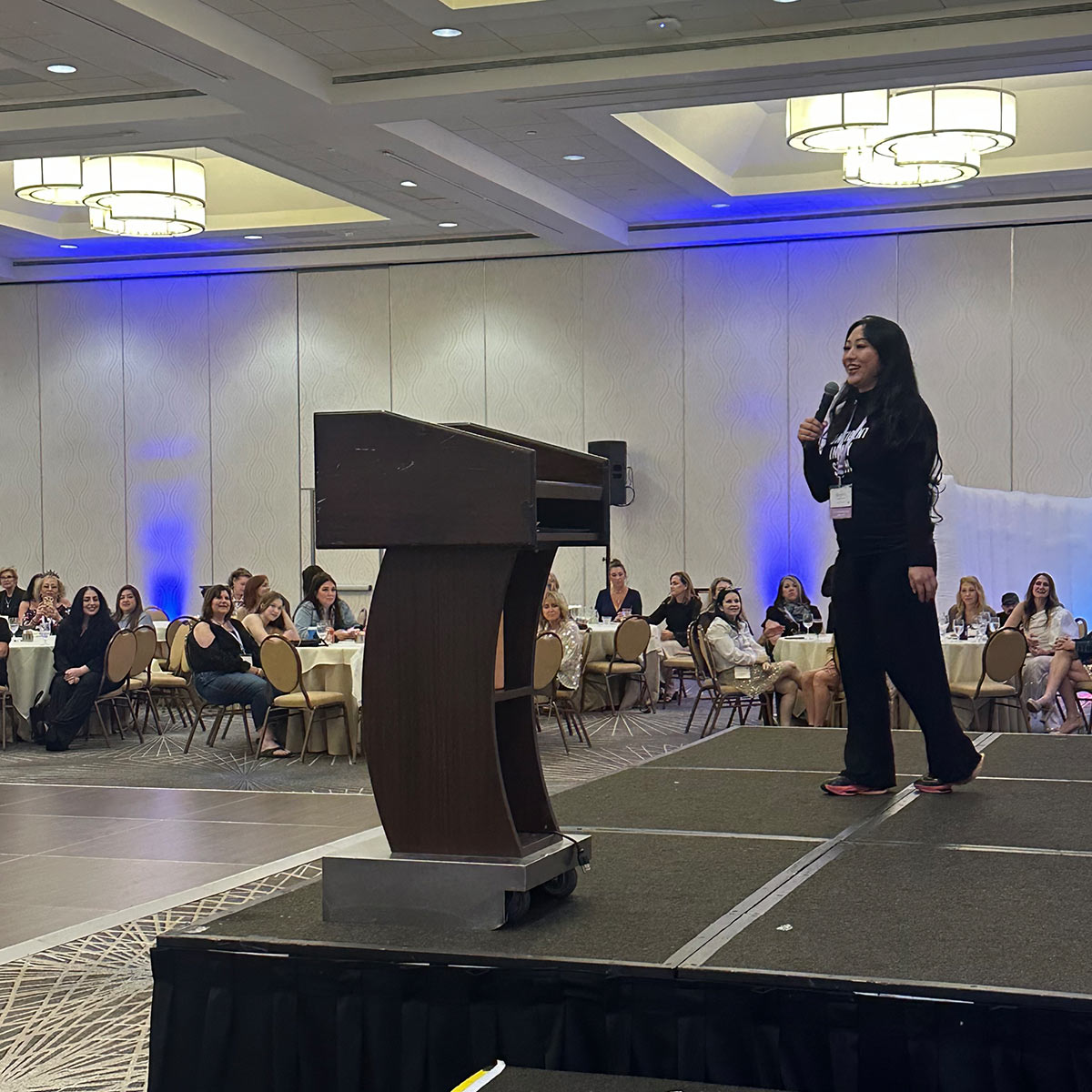
Leave a comment
All comments are moderated before being published.
This site is protected by hCaptcha and the hCaptcha Privacy Policy and Terms of Service apply.